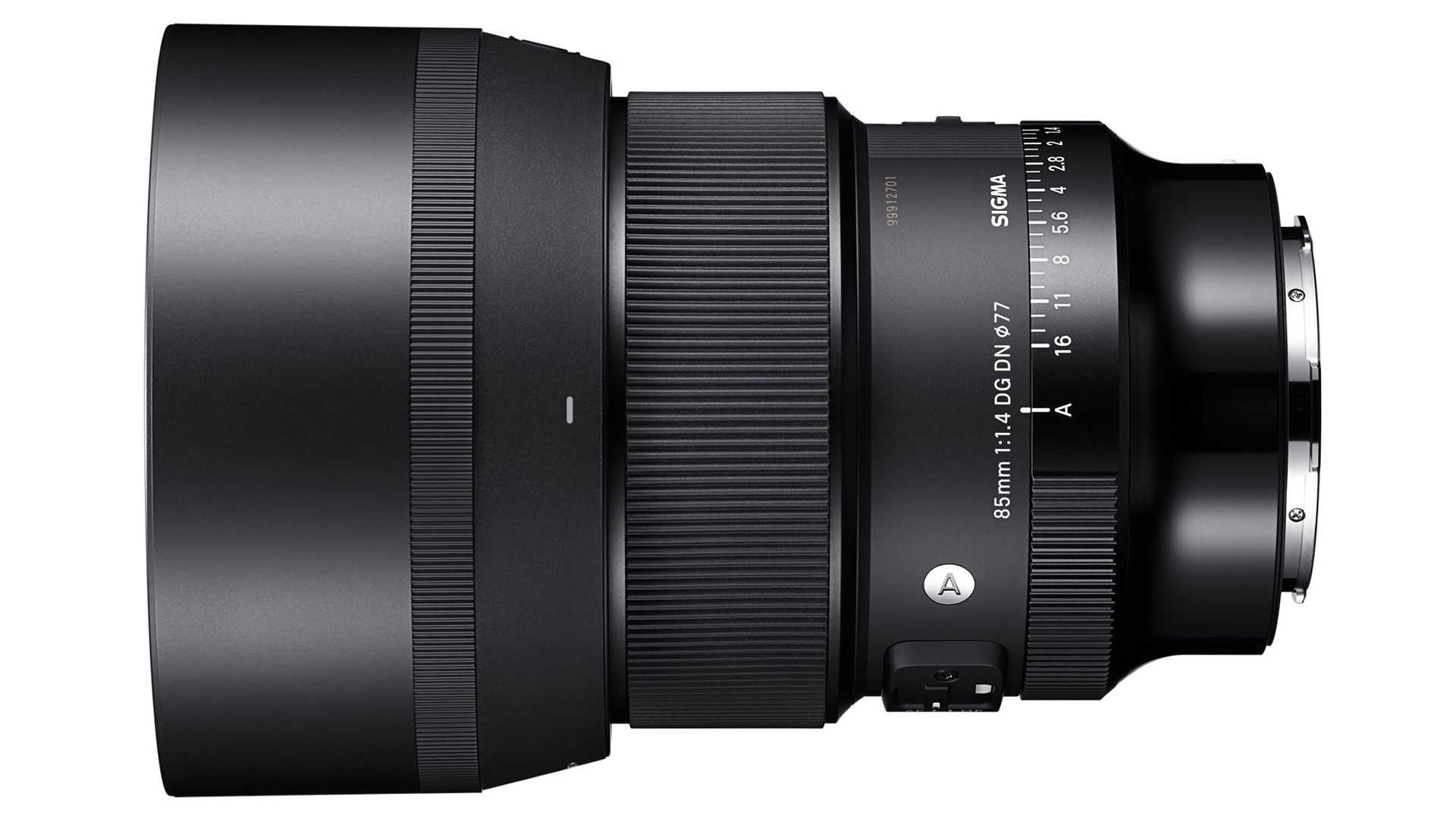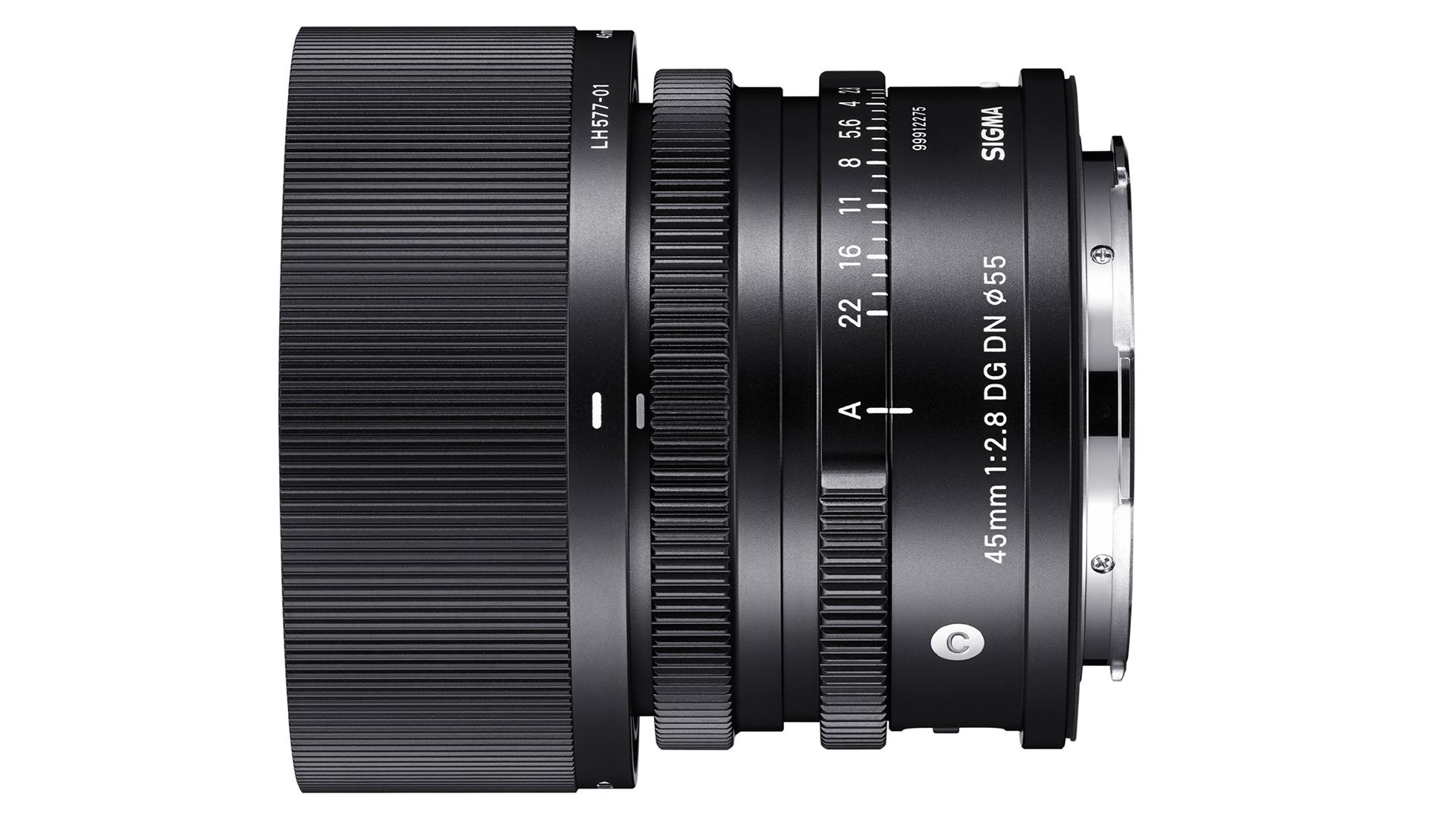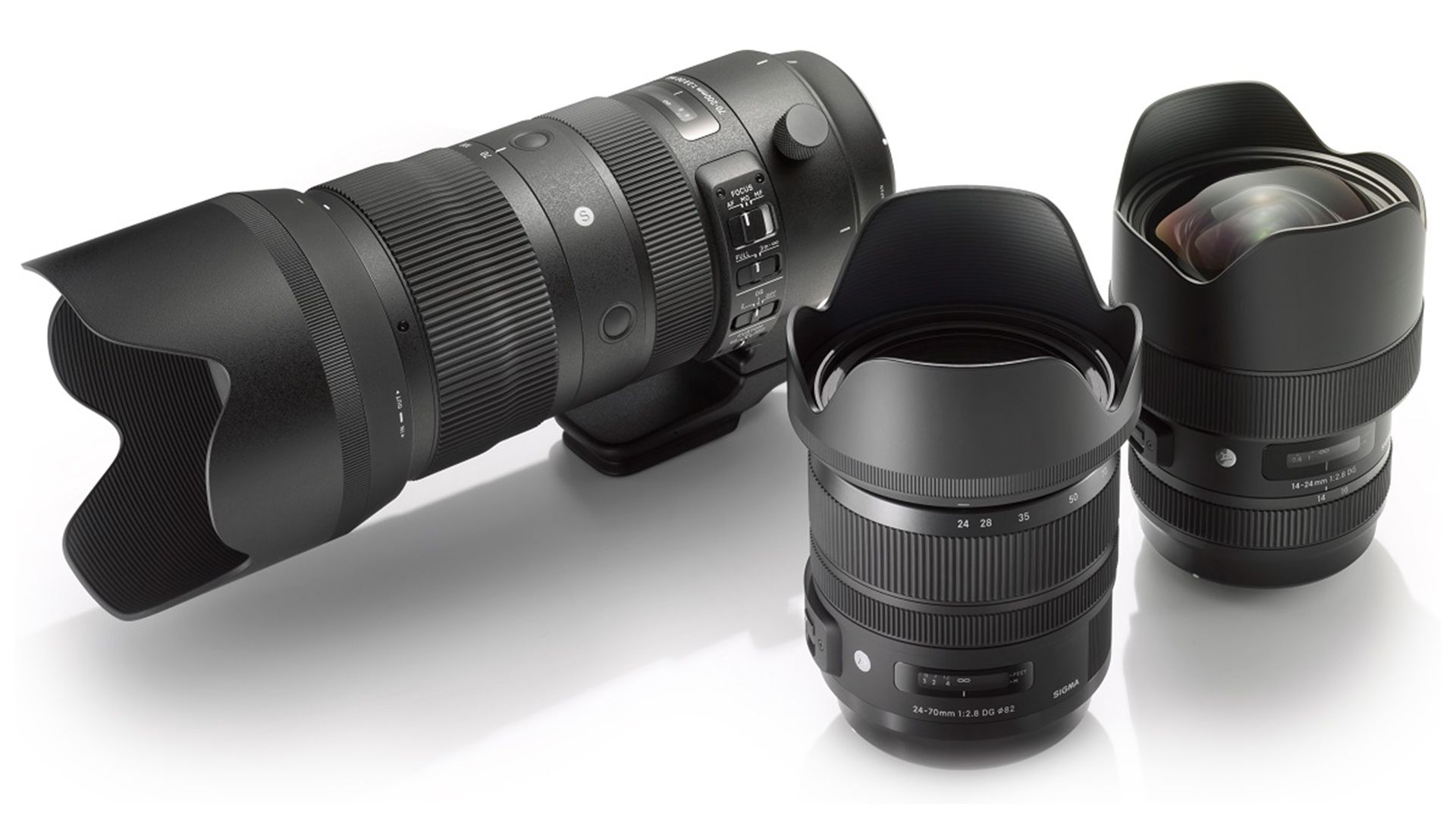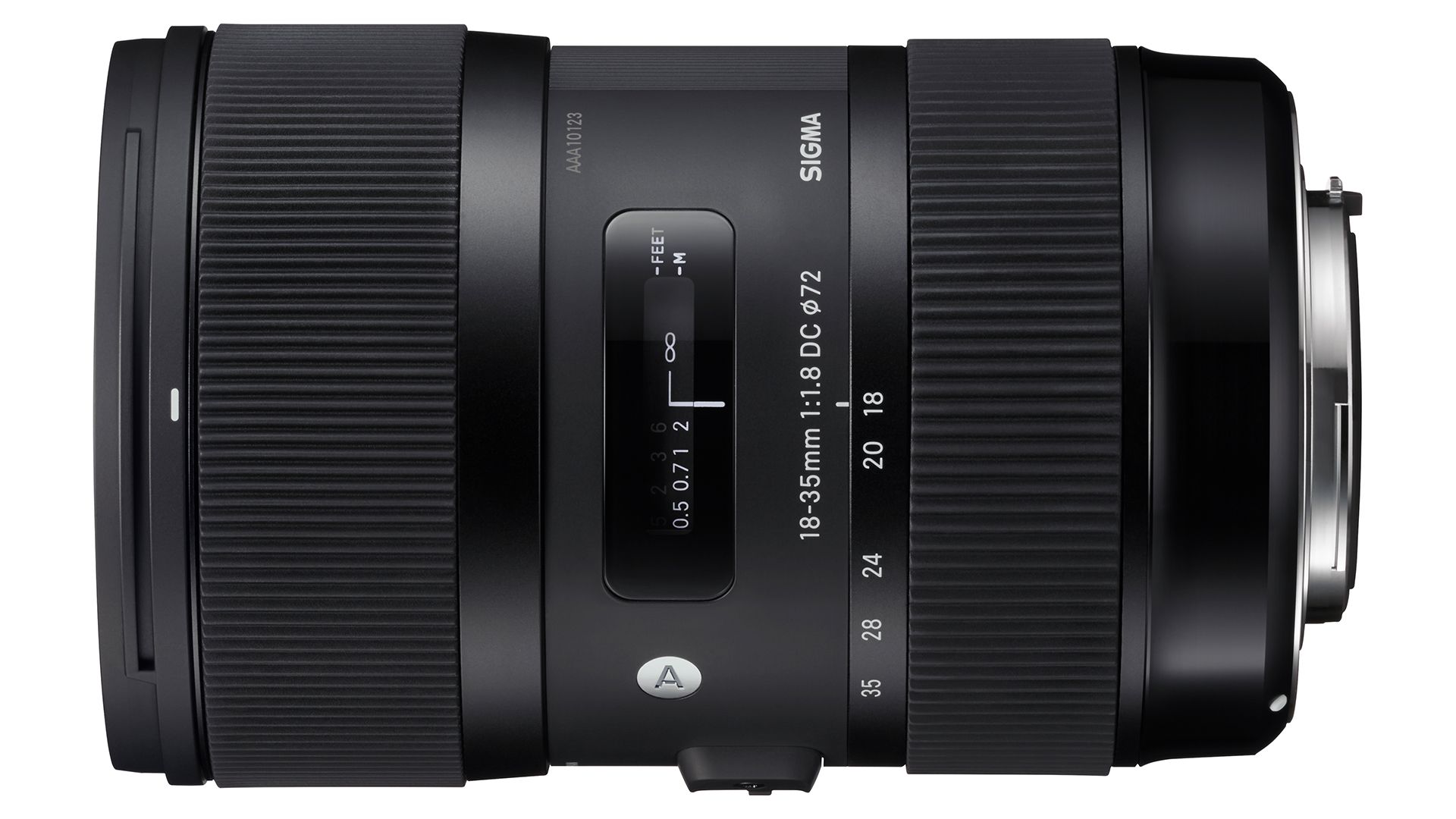Primes VS Zooms
Written by William Algar-Chuklin
There is a debate as old as the art of photography that still rages on in the trenches of every photographic community. What’s better? A Prime or Zoom lens! Today I’m going to cover the pros and cons of each, and a challenger you may not have considered.
The Rundown:
- The right lens for the right situation
- Many versatile options
- Have I told you about....
Honestly we’ve all pretty much had an opinion on this subject at some point in our photographic journey, but there’s a reason we debate! It’s a very personal choice deciding what lens works for us. We all have our own styles, and workflows that can really lend yourself to either a prime or a zoom. So let’s have a quick chat about both.

Primes
Primes are wonderful lenses; simply amazing. They give you great image quality, edge to edge sharpness, contrast, and are commonly fast enough (i.e. having a wide maximum aperture) to produce the most pleasing out of focus highlights money can buy. Also a bonus for low light photography!
They’re lovely, and light. Perfect for the travel and street photographers out there, commonly offering the best image quality at surprisingly affordable prices. I’m looking at you Sigma 45mm f/2.8 and Sigma 85mm f/1.4
If you’re into macro photography, you’ll also find the best magnification ratios in the prime lens family.
Additionally, because of their generally, much simpler design, they do amazing work at dealing with chromatic aberrations, and other types of unwanted distortions that can plague cheaper zooms.
Sounds pretty great huh? Well, unfortunately, there’s always a down side. The main one is versatility.

There will be many occasions where you’re going to want to zoom in. Simple for a zoom lens, “impossible” for a prime. Well, not always impossible, but very difficult at best and unachievable at worst.
There’s an old adage for primes users, “Zoom with your feet”. Simple in theory, but it can be challenging in practice! Though that’s not to say the challenge is a bad thing.
You’ll find that in order to overcome the limitation, you’re going to have to get closer to the subject, or crop your images. Getting closer isn’t always possible if you’re blocked by something, or you have a skittish subject, and cropping has the downside of losing out on all that image resolution you bought that expensive camera for.
That’s where zooms come in...

Zooms
The workhorses of working photographers, the 14-24mm f/2.8 , 24-70mm f/2.8 , and the 70-200mm f/2.8 represent the holy trinity of lenses for many professional photographers. These are the fastest, most versatile set of lenses anyone can own. 3 lenses covering every focal length from 14mm to 200mm. A tough ask for any prime lens lineup.
Versatility comes at a cost though. I’ve already mentioned the superb image quality of prime lenses, the simplicity of design, which leads to a major con of zoom lenses. The best ones are large and HEAVY! Those three lenses mentioned above have a combined weight of almost 3.5kgs. Tough for any photographer to lug around, and also very ‘in your face’ for many subjects. They also have smaller maximum apertures compared to some reasonably priced f/1.4 and f/1.8 primes. That also brings up another point. The best zooms are also very pricey, that it can be more affordable to purchase a couple of great quality primes and call it a day.
It may sound like I’m dunking on zooms, but I’m really not. I like both, but I definitely lean into the zoom camp for the versatility and the surprisingly great image quality. Good quality modern zooms produce AMAZING pictures! I like to shoot night photography, and being able to go from an astounding 24mm that captures city skylines in a single shot, to a narrow 70mm to punch in on those faraway subjects is liberating. For me though, I see primes as specialised lenses for when you have something specific in mind, and often the way I shoot requires a more flexible approach.
Por que no los dos? (Why not both?)
Here’s the kicker. While this whole debate was raging on, a fancy pants lens maker threw a spanner in the works!
Introducing the best of both worlds - The Sigma 18-35mm f/1.8

For many years, the absolute maximum aperture achievable on a zoom lens was f/2.8. Every lens maker had their holy trinity of fast zoom lenses, and that’s the way it was for decades. That changed though with this lens. First introduced in 2013, the 18-35mm represented the first attempt by any lens maker to try to bridge the gap between primes and zooms, and it’s a crackin’ lens!
Fast and bright, it’s actually a favourite of videographers using micro four thirds bodies with focal reducers. With great image quality and a large maximum aperture, photographers started to see the possibility of switching some of their primes to a versatile zoom. A perfect travel companion for many and also one of my favourite lenses!
Signing off
Well, that’s enough of me gushing on about lenses. It’s time to form your own opinion (if you don’t already have one!), and try out some more primes and zoom lenses. Everyone is going to be different, and the best way to find out which camp you fall into is to try them all out!
If you need more information on Lenses, Cameras or other accessories, check out more articles on the C.R. Kennedy blog.
William Algar-Chuklin is a night and travel photographer based in Sydney, Australia. You can check out some of his work at walgarch.com and on Flickr
